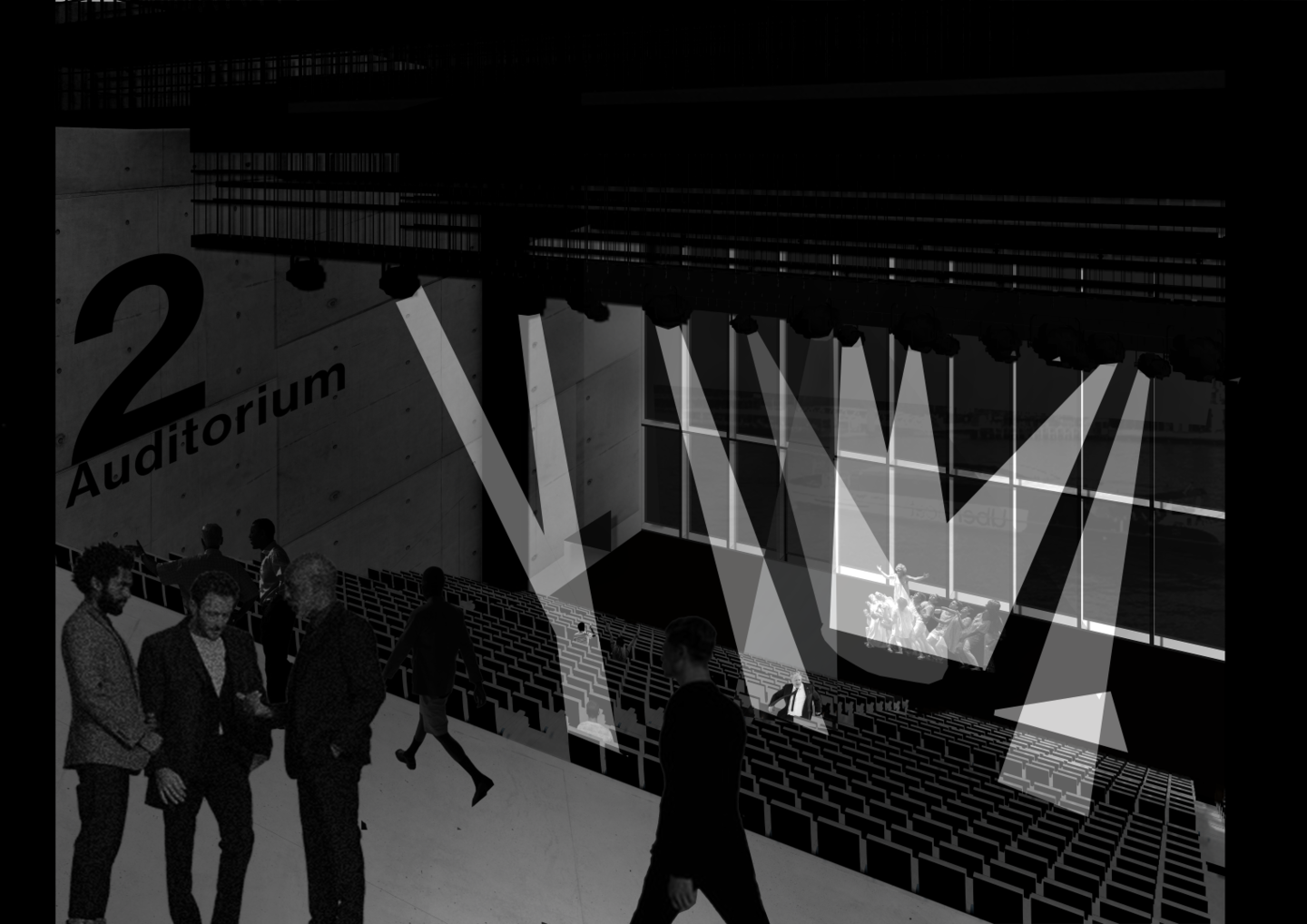About

In 500 BC, the Athenian landscape saw the creation of a powerful democratic device: theatre. Its origins and sophistication as social programme can be traced back to the very first forms of the Greek democratic city-state- the polis (Wilson, 2007). In 2022, contemporary theatre plays transpose spectators outside of real life, as opposed to ancient Greece’s participatory and political character. Nowhere is this more apparent than in the UK capital, London. The construction of the Southbank Centre in the years immediately after WWII came out of a desire to offer a non-elitist national programme for theatre. Yet, after such a prodigious beginning, today, the Centre stands solitary amongst neoliberal objects. The very heart of what was once theatre –social identity– has today moved behind the closed doors of bureaucracy, dismantling the original relationship between politics, theatre, and space. Perhaps the most apparent instance of this is displayed in The Palace of Westminster, where political debate is played as a ritualistic entertainment act.
Exploring the relationship between theatre, architecture, and politics, the [re]Public imagines a new theatre typology on London’s South bank. The new promenade holds a new spectatorship government and places political debate back into the public realm, formally spatialising the process of direct democracy.



The [re]Public Urban Plan
![Axonometric view showing a large bar-shaped building, cores and the [re]public building cantilevered off of these - atop its site.](http://cdn-acquia.dundee.ac.uk/sites/default/files/styles/student_work_desktop_1440w/public/2022-05/laura-moldovan-image-4.jpg?itok=xw34nEK4)
Design Axonometry

Tectonic Perspective Section